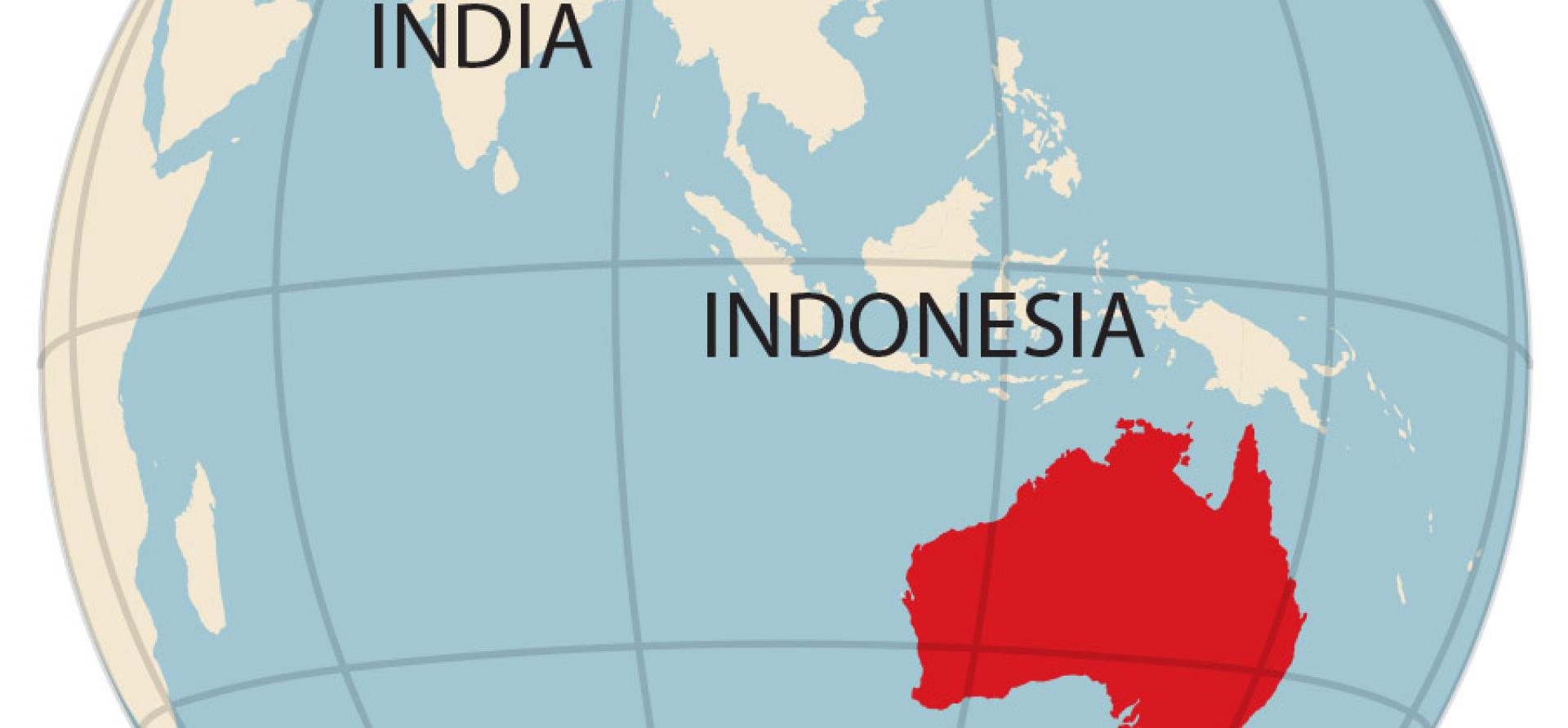IEEFA: Energy Security Board reforms need to be ambitious to secure a low emissions future

Key Findings
Over 60% of existing thermal generating resources (mainly coal) are likely to exit over the next two decades
An ambitious, well-coordinated policy approach to managing thermal plant exits could deliver reliability and ensure emissions are reduced within a reasonable timeframe.
The national electricity market (NEM) is in a state of flux.
According to the Australian government’s Energy Security Board (ESB), over 60% of existing thermal generating resources (mainly coal) in the NEM are likely to exit over the next two decades as Australia transitions towards renewable generation (mainly wind and solar) and storage.
Over 60% of existing thermal generating resources (mainly coal) are likely to exit over the next two decades
This transition away from large, synchronous, ‘always on’ generators towards asynchronous, weather-dependent renewable generators requires a revisit of existing markets and mechanisms to ensure they are ‘fit for purpose’.
Set up in 2017 to coordinate energy reform, the ESB aims to reform the NEM via its post-2025 market design to maintain security and reliability of the system during this energy transition and beyond.
To update the direction of possible reforms, the ESB’s recent Directions Paper brings together feedback from stakeholders (energy market participants, research organisations, etc.) from a September 2020 consultation round, and examines the current energy market context. The Directions Paper also prepares for the next consultation round in March 2021 with final market design recommendations to be provided to energy ministers in June.
The ESB’s Directions Paper condenses seven market design initiatives from the September consultation into four reform directions:
- resource adequacy mechanisms and ageing thermal generation
- essential system services and scheduling and ahead mechanisms
- demand side participation
- transmission and access.
While the reform is comprehensive and some initiatives are well-supported by stakeholders, others have been questioned. In the final stages of reform, it is key for the ESB to continue to incorporate stakeholder feedback, and be ambitious, to drive the NEM towards a low emissions future.
Resource adequacy mechanisms and ageing thermal generation
Following recent announcements by various state governments to support investment into new renewable energy generation, with schemes such as the NSW Government’s Electricity Infrastructure Roadmap and the Queensland Government’s Renewable Energy Fund in play, the ESB has adjusted its reform focus from driving investment into flexible, dispatchable resources to “managing the entry of new resources into the market and the orderly exit of resources in the presence of substantial government investment schemes”.
The ESB is now investigating a potential NEM-wide, common approach to integrating jurisdiction underwriting or investment schemes which could integrate contracts derived from state-based schemes into the NEM on a consistent basis. The ESB outlines multiple potential options for this in the Directions Paper.
The expected reduction in electricity prices will “make it difficult for thermal plants to maintain commercial viability”
Further, the ESB notes that the expected reduction in electricity prices will “make it difficult for thermal plants to maintain commercial viability. It is therefore likely to lead to exits of thermal plant faster than anticipated” which could lead to a supply shortfall and hence price volatility if not managed well.
The ESB is therefore exploring potential mechanisms to prevent a supply shortfall, such as enhancing the Retailer Reliability Obligation (RRO). The RRO is an existing NEM mechanism which requires liable entities such as retailers and large energy users to enter into contracts with generators to supply the liable entity’s share of expected peak demand when a supply shortfall is forecast by the Australian Energy Market Operator (AEMO). In its Directions Paper, the ESB proposes to “expand/enhance” the RRO to ensure participants maintain a portfolio of contracts to reliably meet consumer needs.
During the September consultation round, multiple stakeholders expressed concern about the RRO, suggesting that as a new mechanism (introduced mid-2019), it needs to be experienced, and the implications understood, before any adjustments are made. The RRO was also said to be “complex” and “unproven as a means of delivering timely new investment”. AGL, CS Energy, Grattan Institute, The Australia Institute, Origin Energy, UNSW CEEM and others voiced concerns regarding any enhancement of the RRO. The ESB plans to address these concerns through further design and consultation.
Managing thermal plant exits could deliver reliability and ensure emissions are reduced within a reasonable timeframe
The ESB has also proposed to further consider mechanisms to ensure the orderly exit of thermal plants to prevent market shocks or supply shortfalls – “possibly including changes to notice of closure requirements, regulated or negotiated arrangements with thermal plants, and contingent scenario planning.” This is in line with many stakeholders’ submissions which called for a coordinated process to manage thermal plant exits. The Grattan Institute recommended financial obligations on notice of closure – at present, plants must give notice to AEMO 42 months prior to closure, but there is no financial obligation to comply.
An ambitious, well-coordinated policy approach to managing thermal plant exits could deliver reliability and ensure emissions are reduced within a reasonable timeframe.
Essential System Services and scheduling and ahead mechanisms
The ESB has proposed multiple mechanisms to procure Essential System Services (ESS) which will now be explored through the Australian Energy Market Commission (AEMC) rule change processes, including fast frequency response and primary frequency response, consideration of operating reserve mechanism / market, Network Service Provider structured procurement provision of system strength, and scheduling system strength and inertia via the Delta Electricity and Hydro Tasmania rule changes. The ESS initiatives received mixed reviews in the consultation round. A summary of stakeholder opinions in the September consultation can be found on the IEEFA ESB submissions summary.
The ESB also proposed continuing to explore the Unit Commitment for Security (UCS) process through the AEMC rule changes (Delta Electricity and Hydro Tasmania). The UCS process, which seeks to enhance the ability of AEMO to identify and address security and reliability shortfalls, was directionally supported in the consultation round by many stakeholders including Alinta Energy, Ausgrid, Origin Energy, Tilt Renewables and UNSW CEEM.
The ESB will also continue to develop the concept of voluntary ahead scheduling of system services (and potentially also energy). The ahead scheduling initiatives were not seen as necessary by multiple stakeholders including CS Energy, Origin, Tilt Renewables and Alinta Energy. UNSW CEEM voiced concern that these initiatives would largely favour thermal plants and “may weaken real-time market signals for flexibility… and prolong the operation of unreliable and carbon-intensive generation.”
The ESB should carefully examine the ESS and ahead scheduling initiatives to ensure they enable the low emissions grid of the future, rather than protecting legacy assets.
Demand side participation
An ambitious, forward thinking approach to DSP could deliver value to consumers
The ESB is considering mechanisms to strengthen demand side participation (DSP) to enable consumers to effectively manage their energy consumption, solar PV systems etc. to best benefit themselves and the grid. Various stakeholders including Origin Energy, UNSW CEEM, The Australia Institute and AGL supported the ESB exploring two-sided market design options, although acknowledged that further analysis and consultation was needed. The ESB has now highlighted the focus areas of the DSP workstream which includes reducing cost and variability, increasing participation and choice, improving access, addressing uncertainty through planning, and developing consumer protections.
An ambitious, forward thinking approach to DSP could deliver value to consumers and drive huge emissions reductions.
Transmission and access
Under the transmission and access section, the ESB will pursue the AEMO Integrated System Plan (ISP), implementing and delivering renewable energy zones (REZs) (currently under consultation), enhancing and supplementing congestion information, developing a transition pathway to a whole of system access solution and a solution for locational marginal pricing (LMP), and financial transmission rights (FTR).
Multiple stakeholders in the consultation round supported the ESB creating frameworks to develop REZs. However, many were opposed to the LMP and FTR initiatives. Origin Energy was “concerned the AEMC’s plan to introduce locational pricing would result in additional uncertainty and risk that will dissuade new investment and penalise existing plants that cannot alter their location.” Grattan Institute, Tilt Renewables, and UNSW CEEM also voiced concerns about LMP and FTR.
The ESB should examine the access and transmission initiatives to ensure they enable new investment in low emissions technology rather than dissuading it.
Developing Post-2025 market reforms for the NEM is a formidable task given the context of fast technological change, huge variation in stakeholder opinions, and inconsistent climate and energy policy.
It is key for ESB reforms to be ambitious
One thing is clear: the NEM of the future must deliver reliable, secure and affordable power, with zero emissions. This can be achieved, but there will be challenges along the way. If investment is focussed on preserving legacy practices and systems, it will only delay the transition and will cost consumers more.
It is key for ESB reforms to therefore be ambitious and chart a clear path to a low emissions future.
Most of the concerns about grid instability and ‘keeping the lights on’ can be managed with appropriate design and implementation of new generation, communication, and transmission architectures.
Australia’s national grid system could be one of the first to fully transition and the country stands to benefit financially by exporting the technologies and know-how developed through the process.
This piece first appeared in Renew Economy.















